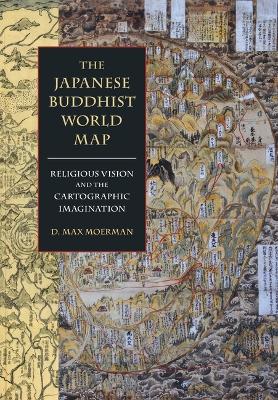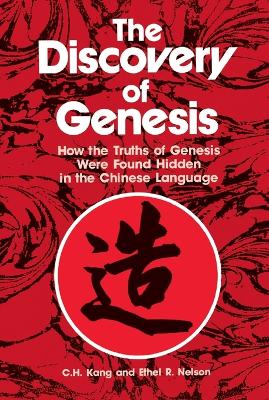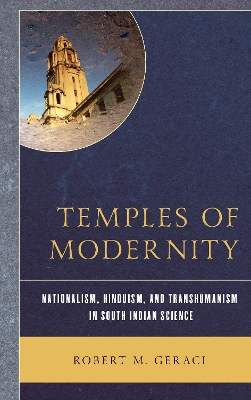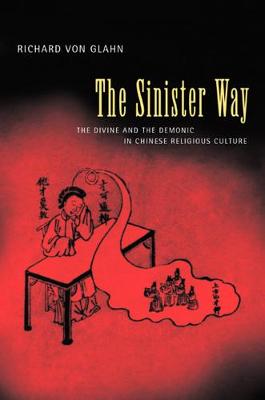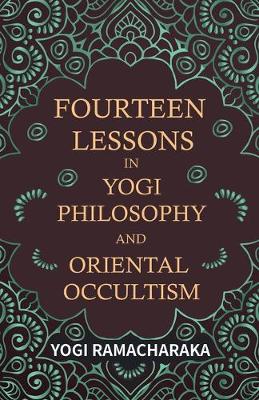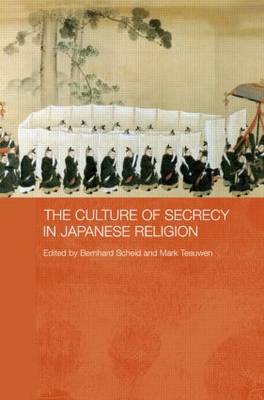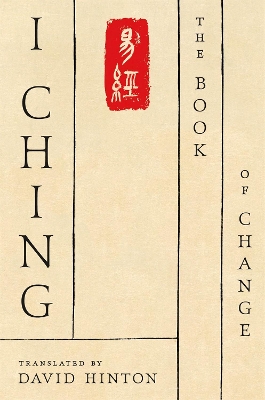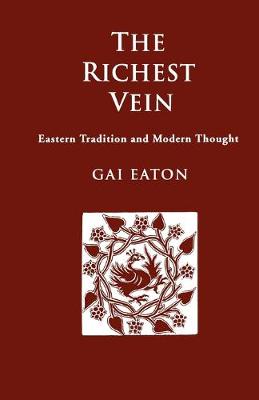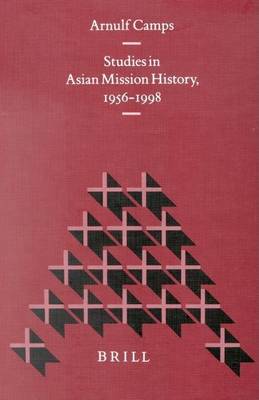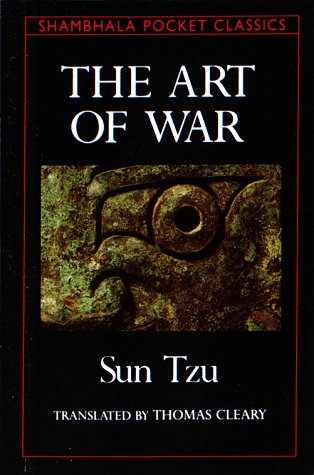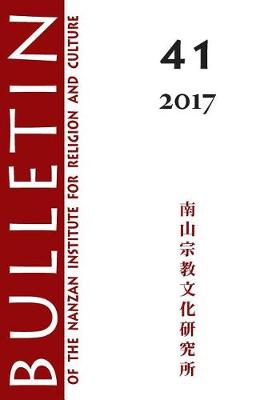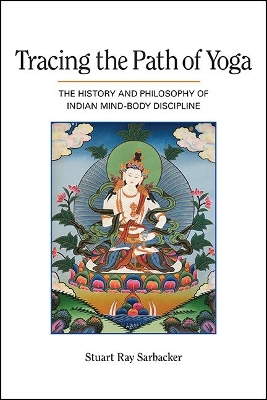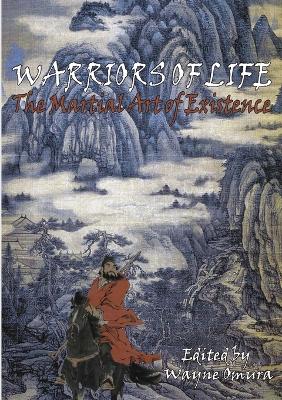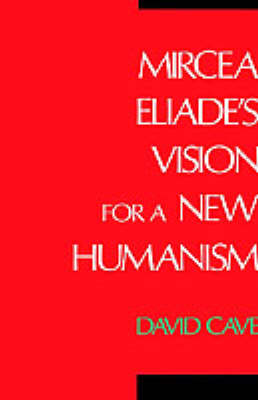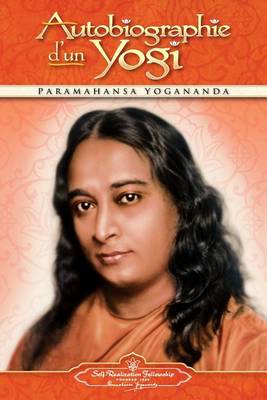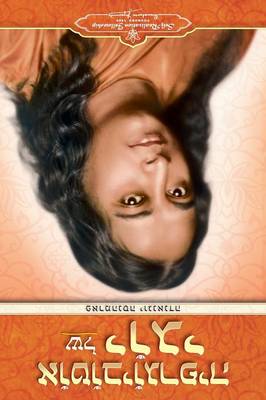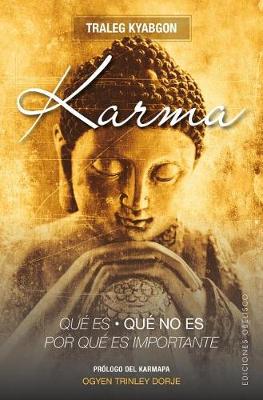From the fourteenth through the nineteenth centuries Japanese monks created hundreds of maps to construct and locate their place in a Buddhist world. This expansively illustrated volume is the first to explore the largely unknown archive of Japanese Buddhist world maps and analyze their production, reproduction, and reception. In examining these fascinating sources of visual and material culture, author D. Max Moerman argues for an alternative history of Japanese Buddhism—one that compels us to...
Temples of Modernity uses ethnographic data to investigate the presence of religious ideas and practices in Indian science and engineering. Geraci shows 1) how the integration of religion, science and technology undergirds pre- and post-independence Indian nationalism, 2) that traditional icons and rituals remain relevant in elite scientific communities, and 3) that transhumanist ideas now percolate within Indian visions of science and technology. This work identifies the intersection of religio...
The most striking feature of Wutong, the preeminent God of Wealth in late imperial China, was the deity's diabolical character. Wutong was perceived not as a heroic figure or paragon of noble qualities but rather as an embodiment of humanity's basest vices, greed and lust, a maleficent demon who preyed on the weak and vulnerable. In "The Sinister Way", Richard von Glahn examines the emergence and evolution of the Wutong cult within the larger framework of the historical development of Chinese po...
Essential Swami Ramdas (Library of Perennial Philosophy)
by Swami Ramdas
Fourteen Lessons in Yogi Philosophy and Oriental Occultism
by Yogi Ramacharaka
The Culture of Secrecy in Japanese Religion
The Japanese Middle Ages were a period when forms of secrecy dominated religious practice. This fascinating collection traces out the secret characteristics and practices in Japanese religion, as well as analyzing the decline of religious esotericism in Japan. The essays in this impressive work refer to Esoteric Buddhism as the core of Japan's "culture of secrecy". Esoteric Buddhism developed in almost all Buddhist countries of Asia, but it was of particular importance in Japan where its impac...
New Perspectives on Advaita Vedānta (Numen Books: Studies in the History of Religions, #85)
In a radically new translation and interpretation of the I Ching, David Hinton strips this ancient Chinese masterwork of the usual apparatus and discovers a deeply poetic and philosophical text. Teasing out an elegant vision of the cosmos as ever-changing yet harmonious, Hinton reveals the seed from which Chinese philosophy, poetry, and painting grew. Although it was and is widely used for divination, the I Ching is also a book of poetic philosophy, deeply valued by artists and intellectuals, an...
Studies in Asian Mission History 1956-1998. Studies in Christian Mission
by Arnulf Camps
Ratified by the Parliament of the World’s Religions in 1993 and expanded in 2018, "Towards a Global Ethic (An Initial Declaration)," or the Global Ethic, expresses the minimal set of principles shared by people—religious or not. Though it is a secular document, the Global Ethic emerged after months of collaborative, interreligious dialogue dedicated to identifying a common ethical framework. This volume tests and contests the claim that the Global Ethic’s ethical directives can be found in the w...
Bulletin of the Nanzan Institute for Religion and Culture
by Staff of the Nanzan Institute
Much has been written on Mircea Eliade (1907-1986) and his work on the history of religions, but little attention has been given to Eliade's idea of a `new humanism' for modern culture. Yet this vision, as David Cave argues in this detailed analysis, was the motivating impulse behind much of Eliade's life and work as a scholar of religion and as a writer.
